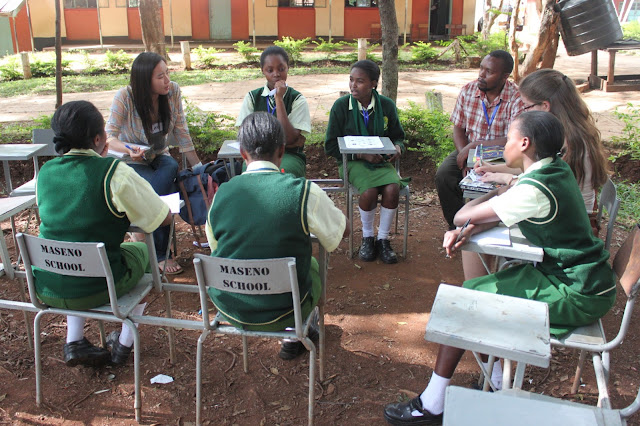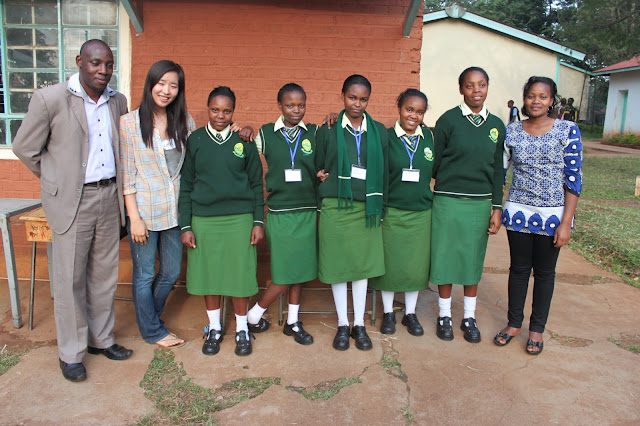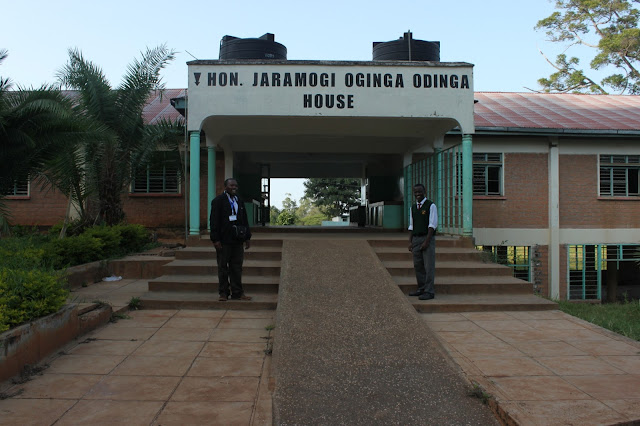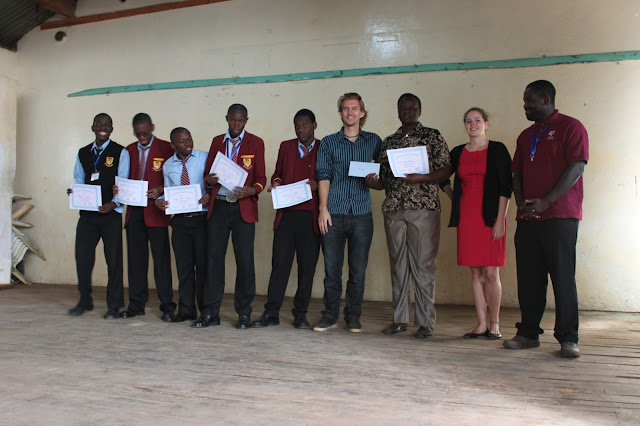USBASP
USBasp is a USB in-circuit programmer for Atmel AVR controllers. It simply consists of an ATMega88 or an ATMega8 and a couple of passive components. The programmer uses a firmware-only USB driver, no special USB controller is needed.
This is a great programmer but you must have another programmer to make the circuit useful.
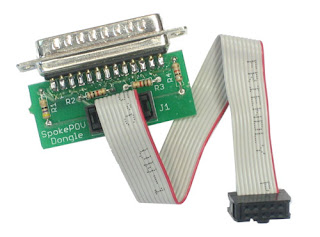 |
| Parallel Port programmer |
 |
| Serial Port Programmer |
These are great ones since they do not require any firmware on them but the down side is that a parallel port or the Serial port, which are absent in most new computers, is required to upload firmware to the mcu.
AVR Development boards
There are quite a large flavour of these platforms offered by various vendors and they are great. They offer many features and support many chips but they are far out of reach for newbies especially in Kenya.
To avoid all these problems then I used a design that programmes itself. This ISP has been used to upload bootloaders and burn fuses on new ATMEGA chips using the arduino IDE. What many people do not know is that with avrdude, you can upload firmware to any avr chip.
In the Arduino examples there is an arduino ISP sketch that when uploaded turns an Arduino board into a programmer as seen in this Youtube video.
I had an arduino proto shield left over from previous and I went ahead and converted it into my isp following this design and below are pictures of what I made.
After the programmer is made see an avrdude tutorial here to upload firmware or use the arduino ide with the programmer for uploading firmware.
 |
| Snapshot of command line window with avrdude in action |
Feel free to ask any questions in the comments.
Happy hacking
































